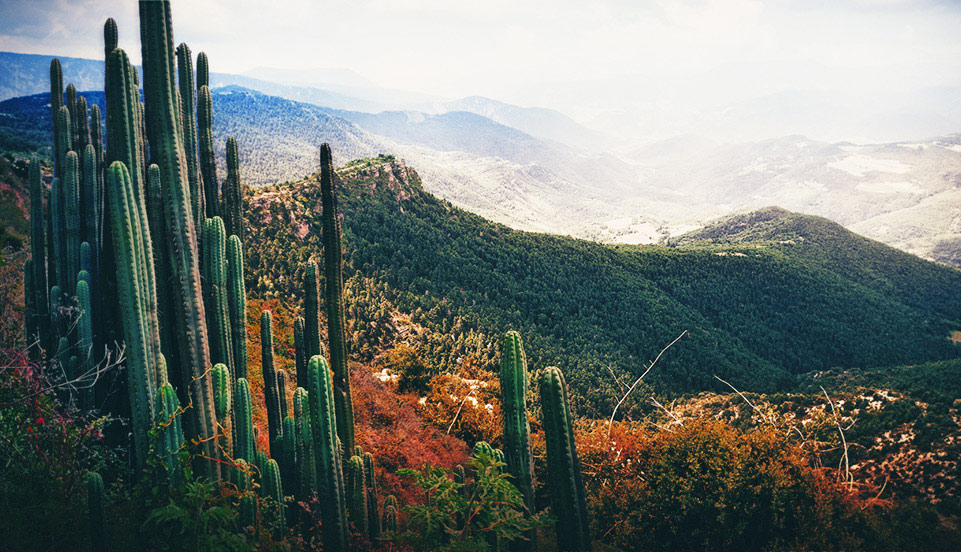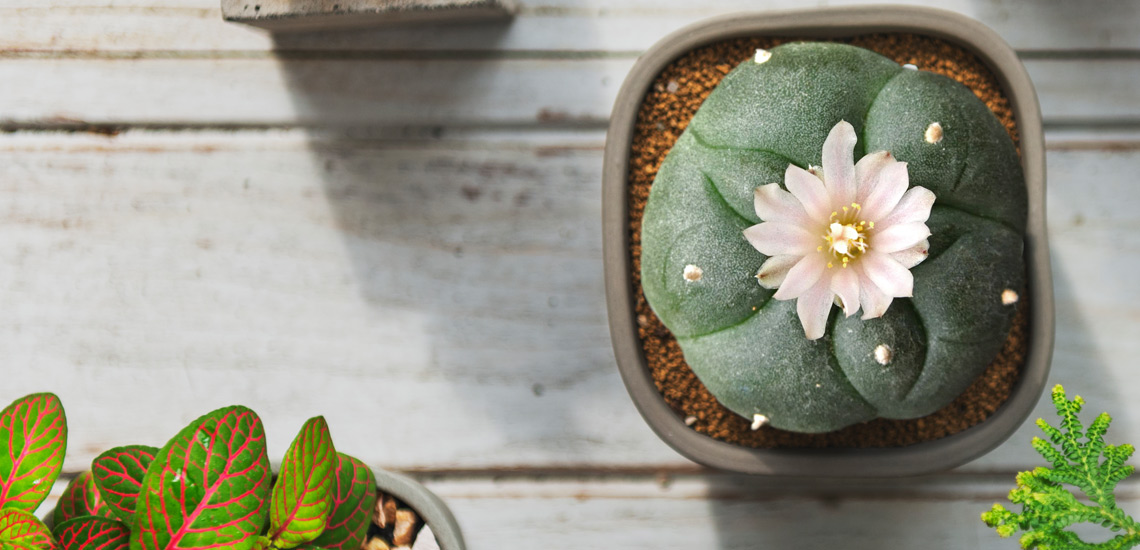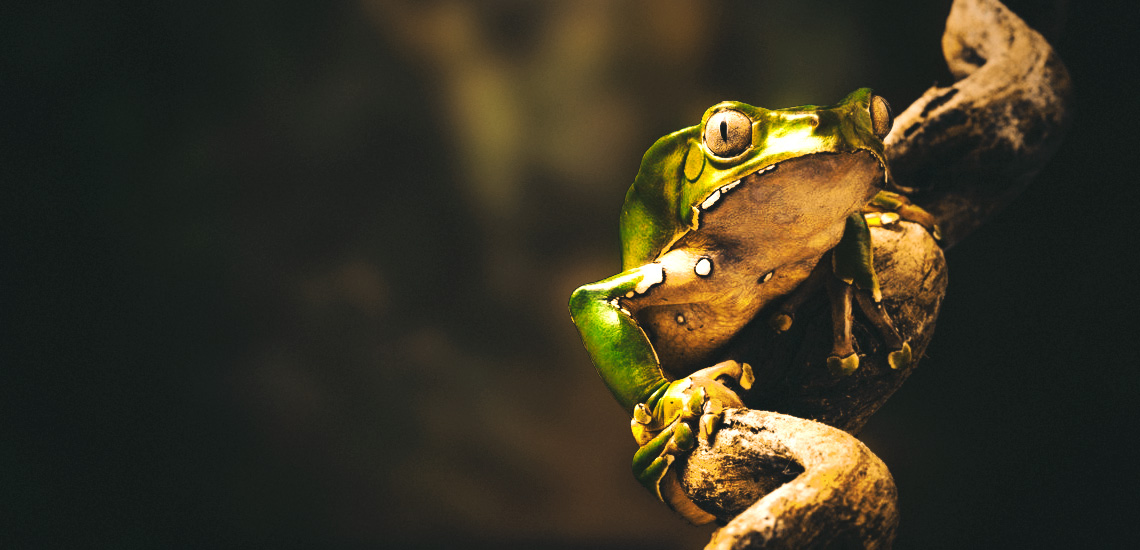The Ultimate basic Guide to San Pedro
The San Pedro cactus or Echinopsis pachanoi / Trichocereus originates in the Andes region in South America. It’s a fast-growing plant, which can reach a height of 12-inches or more annually. The cactus also has white flowers that are produced during various periods and bloom during the night. It’s widely known for containing mescaline, which is a psychedelic. Below are some of the things you should know about the San Pedro cactus.
Overview
The San Pedro cactus is a thin, tall plant that is grown for various reasons. However, it is widely used in traditional medicine in various South American countries such as Peru, Argentina, Chile, and Ecuador.
For more than 3,000 years, the cactus has been used for healing and religious purposes and many believe that it is a gateway to heaven while on earth. This is one of the reasons it is called San Pedro, Spanish for Saint Peter.
The San Pedro cactus is known by various names in South America including aguacolla and achuma. The cactus has been hailed as a spiritual and physical healing plant. Furthermore, there have been no recorded deaths resulting from the consumption of mescaline.
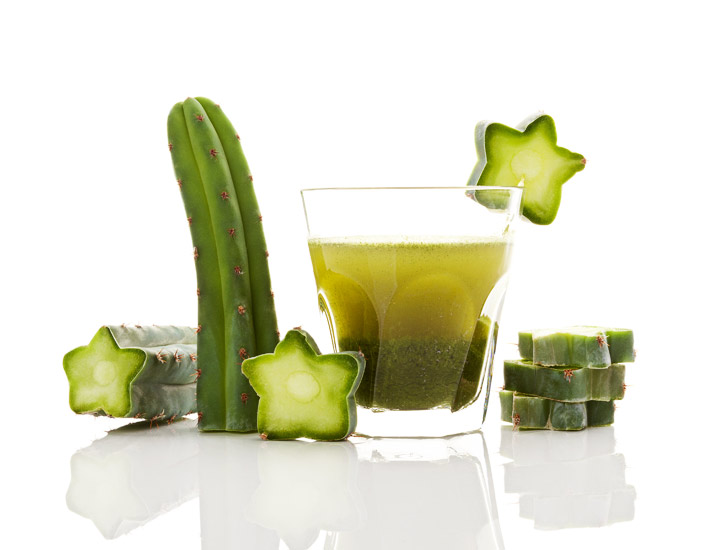
Therapeutic Use
Many western countries have outlawed the use of San Pedro. However, the cactus contains a substantial amount of mescaline, especially in the outermost layer. San Pero also contains tyramine and hordenine among various other phenethylamines.
The effects of using San Pedro may last for up to 11 hours and they usually kick in 20-40 minutes after consumption. Users of the drug have reported feeling relaxed while under the influence.
Users may feel dizzy or a bit drowsy at the onset, followed by a feeling of clear thoughts, euphoria, or even empathy. The use of the cactus is usually done in ceremonies that last all night. Although there is scarce evidence to prove that San Pedro can be used to cure mental illnesses, many users have reported that the cactus has helped them overcome mood disorders, negative emotions, and even depression.
Mescaline has also been found useful in treating mental illnesses when combined with other drugs such as LSD. Moreover, it was found that San Pedro could be used to help patients recall or relive painful repressed memories. This would help them deal with emotional pain or even overcome addiction.
Effects Legality
The use of San Pedro has been banned in many western countries. However, growing the plant is legal but one cannot process, possess, or sell mescaline.
Currently, the ban on growing San Pedro for commercial use is in effect in various countries including the United States, Sweden, New Zealand, Germany, and Australia. The main reason why the cactus is banned in these countries is due to the psychedelic effects of mescaline.
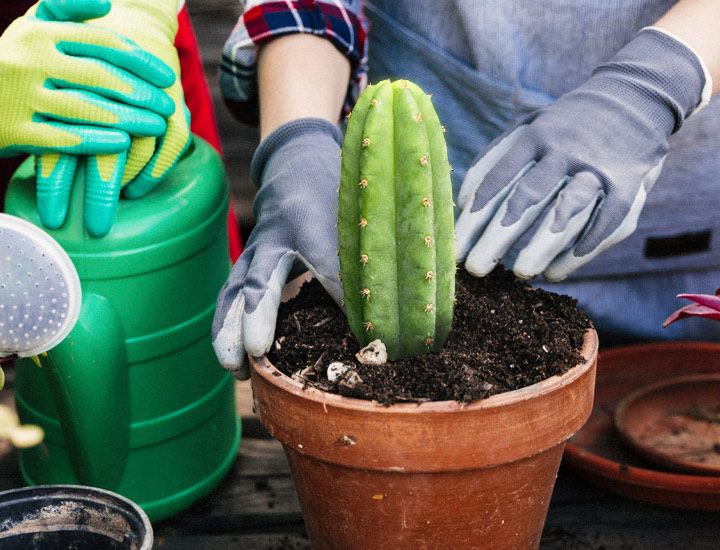
Grow that Cactus
It’s legal to grow the San Pero cactus as long as it is not for commercial use. It’s a very easy plant to grow and it does not have a lot of requirements. You should not over-water it and it requires free-draining soil. Nevertheless, the San Pedro cactus requires more water than other cacti.
The San Pedro cactus does well in areas with high altitudes. The plant can also be grown from seeds as well as from small cuttings. Growing the cactus from seed may involve sowing it in a plastic container for a period of about 6-12 months. This allows the seed to germinate and grow well without the risk of being destroyed.
Are There Psychological Risks?
Yes, as with many other psychedelics, there are various psychological risks associated with using mescaline. For one, it can cause problems for people suffering from blood pressure, liver issues, heart conditions, or by women who are either pregnant or breastfeeding.
The psychological risks may also be increased if mescaline is taken in large doses and in poorly set locations. You should also avoid mixing it with other drugs. Mescaline may also cause tolerance but abstinence returns to normal after about 7 days.
The San Pedro may also cause a feeling of being crazy if not taken appropriately. However, the effects of mescaline are usually short term and there is minimal risk that negative effects will last. People with mental illnesses or have a family or personal history of mental illness should avoid using San Pedro.
Finally, if you have to use San Pedro, make sure you follow the 6Ss of using psychedelics.

